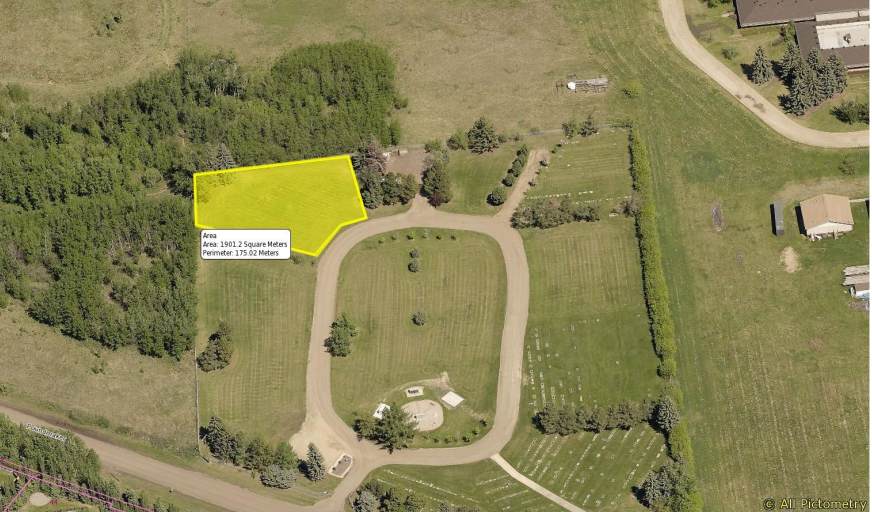Deberah Kearns doesn't like the idea of being buried in a large casket – as she puts it, "taking up real estate" – when she passes on. But current rules in St. Albert limit her options.
“I mean, once I die, I've never been interested in taking up real estate. I think that's really rather silly these days,” said Kearns.
She initially thought she might like to be cremated and put in the ocean near where her brother had a cabin, but has since changed her mind due to the environmental implications of cremation.
Kearns is an amateur mushroom picker and read an article about using mushroom mycelium to decompose her body – an option that would be a more fitting tribute to her life.
“I've been a member of the Alberta Mycological Society sort of on and off for like 20 years, and you know, go out on forays with groups of people who learn about mushrooms. I think that the mushroom burial was a terrific idea,” Kearns said.
Something like that could be possible if St. Albert joins a small group of municipalities with cemeteries that offer a "green burial" option – leaving bodies in a natural state so they can decompose unimpeded by, for example, arterial embalming – and one city councillor wants to see that happen.
Coun. Natalie Joly had planned to bring forward a motion at Monday's council meeting to have the city enrol as a member of the Green Burial Society of Canada, and to offer green burials at the St. Albert Municipal Cemetery, but her motion has been delayed.
Joly said the reason she was inspired to make the motion is because residents have been asking her for more sustainable options when it comes to burials, and sustainability is an important issue for her.
“I think it's important for us to have an option that has less of an impact than some of the modern options that we have right now in internment or cremation – those two things are quite high-impact,” she said.
There are not yet specific details about how the space could look or work in St. Albert, but there are general guidelines set by the Green Burial Society that would be followed.
Under those standards, bodies would have to be left in a natural state; embalming would be prohibited. Caskets, containers and shrouds would need to be fully biodegradable. People’s remains would need to be placed directly into the earth without the use of an outer burial container such as a grave liner.
If there were memorials in the burial space, they should be either communal or blended in with the natural area and made from locally sourced materials.
Joly said green burials are already a reality in the region. Currently, there are ten cemeteries with Green Burial Certification, including Rosehill Cemetery in Edmonton and the Grasslands Green Burial Grounds in Lethbridge.
“If it's not in St. Albert, then I guess we'll go next door to Edmonton, you know, if we want to be buried with our values,” she said.
A response from city staff to Joly's now-delayed motion suggested the northwest corner of the cemetery be used for green burials on a cost-recovery basis. That location was chosen because it is near Riverlot 56, which is a natural area, and it would be a continuance of the natural vegetation in the area.
It is expected that it would take about three years to turn the current mown grass space into a more natural area as would be required for green burial standards.
The Green Burial Society was founded in 2013 in British Columbia by a group of people passionate about end-of-life options.
The group promotes information about natural options for burial across the country and has also created certified standards.




